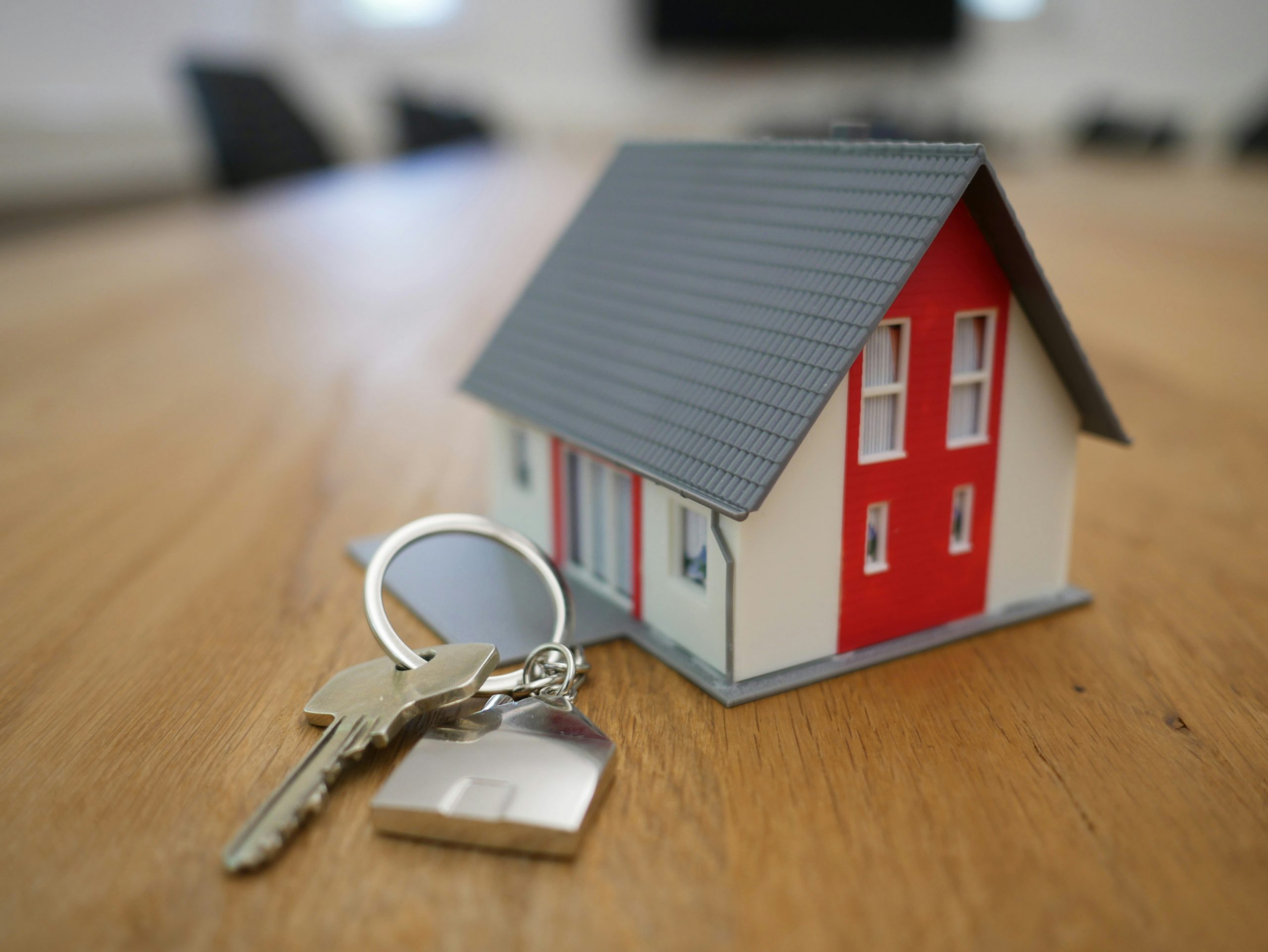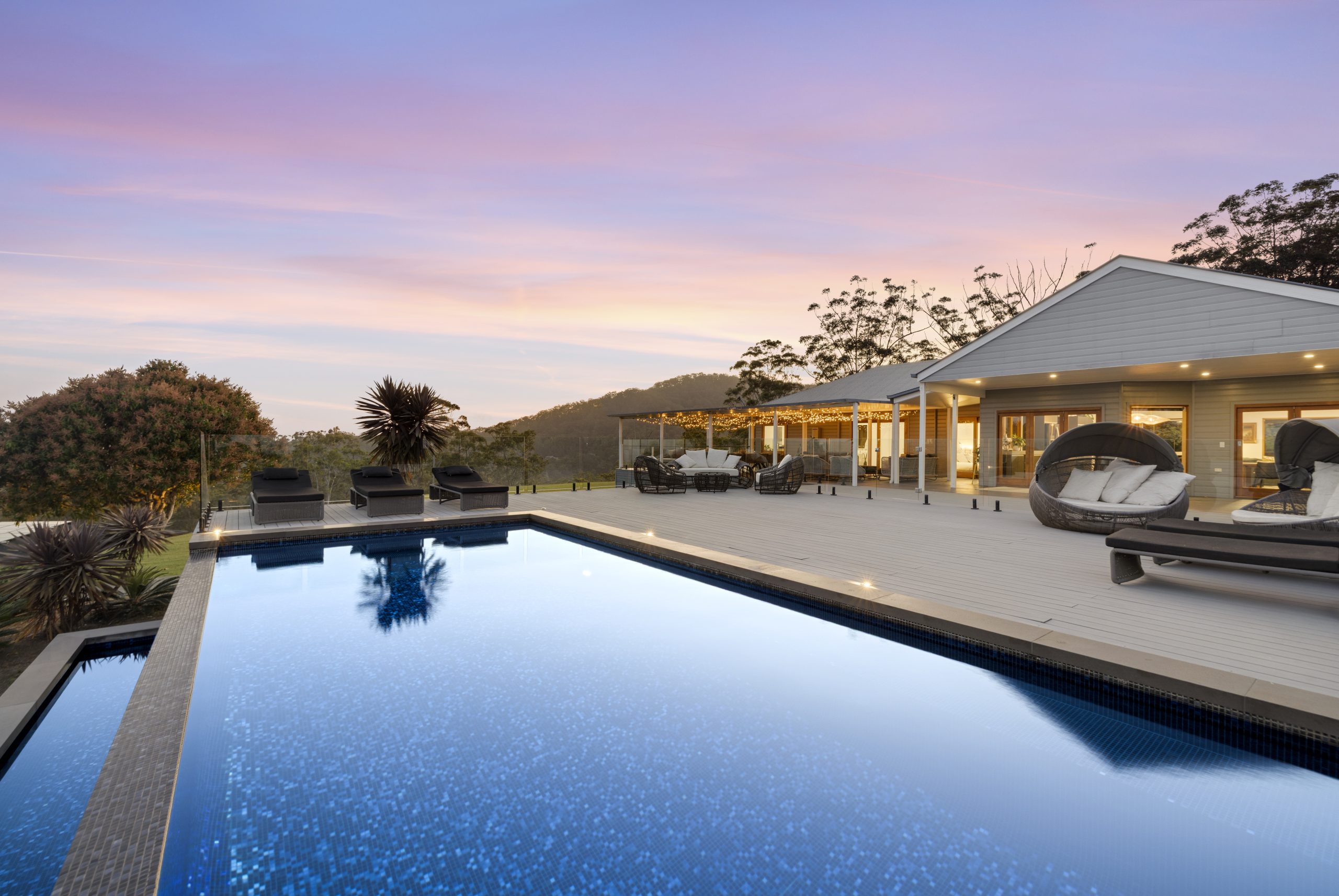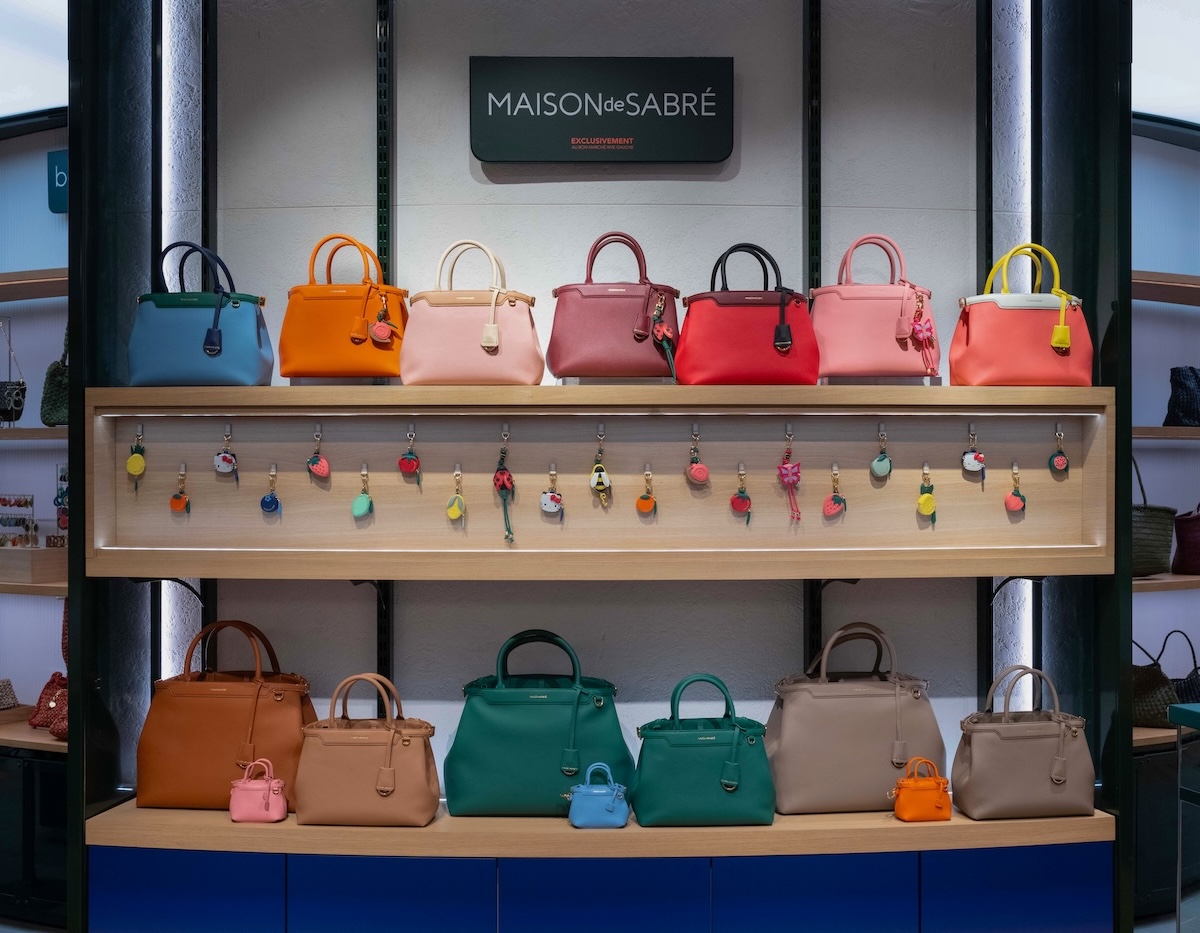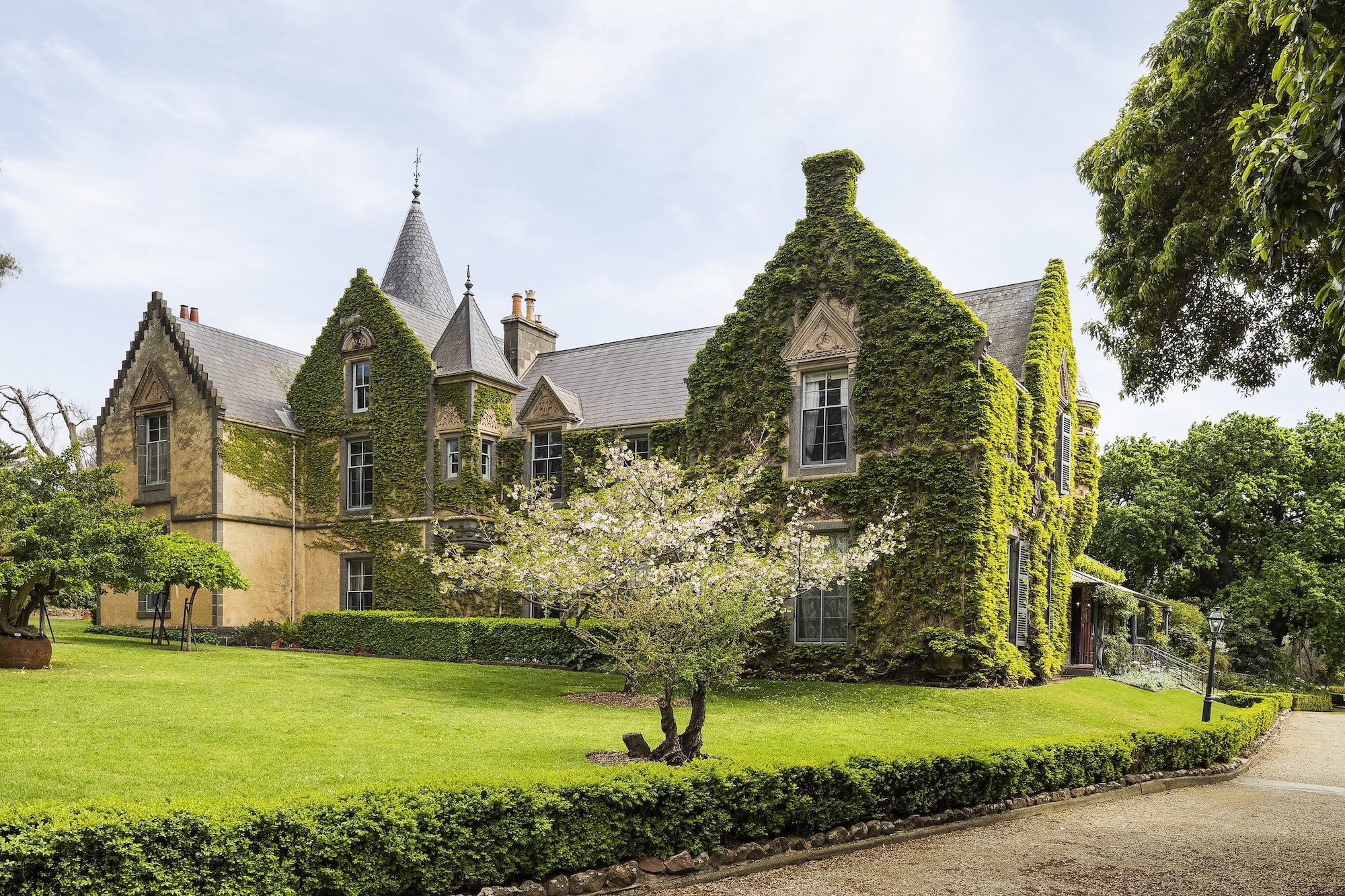MELBOURNE HOUSING POISED FOR CYCLICAL RECOVERY IN 2025–26
Lower interest rates, firm population growth and tight supply set the stage for a late-2025 upturn, though Melbourne’s price discount to other capitals is likely to persist, according to new research.
Melbourne’s residential market appears to be on a comeback path, with a pricing recovery expected to take shape from late 2025 and continue through 2026 as borrowing costs ease and demand holds up.
New research by the MaxCap Group, commercial real estate fund manager, argues that lower mortgage rates will be the key catalyst for the next upswing, with stabilising sentiment and gradually improving activity reinforcing the turn.
The city has underperformed since 2022. While Brisbane, Perth and Adelaide posted strong gains, Melbourne recorded a modest correction.
One effect has been a lift in relative affordability. Local prices now sit below a wide set of comparable markets, including Brisbane, the Gold Coast, the Sunshine Coast, Canberra and Adelaide, and could trail Perth by year end.
That discount is expected to endure even as prices rise, reflecting differences in tax settings, investor participation and recent growth momentum elsewhere.
Several cyclical and structural forces are in play. Higher interest rates and softer sentiment have been a clear headwind over the past two years.
A heavier state tax take as Victoria pursues budget repair has also weighed on investor activity. Property-related imposts such as land transfer duty and land tax are taking a larger share of state revenues in 2025–26, and that has cooled appetite at the margin.
Set against those drags are supportive fundamentals. Population growth remains robust, interstate outflows are easing, and the construction pipeline is constrained.
The research estimates an 8,000-dwelling shortfall in Victoria in 2025, with the shortage most acute in the city of Melbourne. Rental markets remain tight, with a residential vacancy rate of 1.8 per cent in August pointing to ongoing pressure on rents and a continued incentive to build.
At a sub-market level, undersupply is most evident across the inner and middle rings and through the south-east corridor. There are early signs of price stabilisation, with more than half of the most-traded suburbs shifting from annual declines to annual growth.
The initial gains are concentrated in more affordable fringe areas, where price points and borrowing capacity are best aligned as rates begin to fall.
Looking ahead, model-based projections indicate prices should lift as mortgage rates decline, incomes rise and building activity gradually recovers. The upgrade cycle is expected to be measured rather than explosive.
Without near-term reform to property taxes, the recovery is likely to be more subdued than previous Melbourne upswings, and the city’s price discount to other capitals is expected to persist through this cycle.
The research also contrasts Melbourne’s broader post-pandemic performance with other markets, noting a deeper peak-to-trough decline in CBD office values than Sydney.
Even so, the residential turnaround is framed as primarily a function of the interest rate cycle rather than policy shifts. Risks to the outlook include a slower-than-expected pace of rate cuts, construction cost pressures that delay supply, and any renewed deterioration in investor sentiment.
For buyers, the combination of improved affordability, tightening rental conditions and the prospect of lower rates suggests a narrowing window before momentum rebuilds. For sellers, the message is that late 2025 into 2026 should deliver firmer conditions, especially in well-located, appropriately priced stock across the inner and middle rings where undersupply is most pronounced.
Pure Amazon has begun journeys deep into Peru’s Pacaya-Samiria National Reserve, combining contemporary design, Indigenous craftsmanship and intimate wildlife encounters in one of the richest ecosystems on Earth.
Australia’s housing market defies forecasts as prices surge past pandemic-era benchmarks.
First-home incentives can still form part of a long-term investment plan if used strategically.
Australia’s home prices continue to grow, and while that makes them great investments, they are also some of the most unaffordable in the world.
That’s why first-home buyer schemes such as the First Home Owner Grant, the First Home Guarantee, and stamp duty concessions have become so valuable.
These programs are designed to reduce upfront costs and fast-track people into homeownership.
But the question many aspiring investors are now asking is can these schemes be used as part of an investment strategy? These government initiatives aren’t designed for investors, but they can still play a key role in your long-term investment journey if used strategically.
What the schemes actually allow
Every first-home buyer incentive in Australia is created to support owner-occupiers, not investors.
Whether it’s a cash grant, reduced deposit requirement, or a stamp duty discount, the catch is always the same in that you must live in the property for a set period of time. For example, the First Home Owner Grant often requires you to live in the property for at least six to twelve months, depending on the state.
The First Home Guarantee allows you to purchase with just a 5 per cent deposit without paying lenders’ mortgage insurance, but again, you’re required to live in the property for at least one year.
Likewise, state-based stamp duty concessions are only available for properties intended as a principal place of residence. If your intention from the outset is to buy a property solely for rental income, you won’t be eligible. However, if you’re open to living in the property initially, then transitioning it into an investment, there’s a path forward.
A strategy that works
Rentvesting has emerged as one of the most practical ways for first-time buyers to take advantage of these schemes while also laying the groundwork for a property portfolio.
The concept is simply, buying a property in an area you can afford (using the first-home buyer schemes to assist), live in it for the minimum required period, and then rent it out after fulfilling the occupancy condition.
This approach lets you legally access the benefits of first-home buyer schemes while building equity and entering the market sooner. Instead of waiting years to save a full 20 per cent deposit for an investment property, or getting priced out altogether, you get your foot in the door with reduced upfront costs.
Once you’ve satisfied the live-in requirement, the property can become an income-generating asset and even serve as collateral for your next purchase.
What to look for in a rentvestment property
If you plan to eventually convert the property into an investment, you need to think beyond your short-term living experience. It’s essential to buy a property that performs well both as a home and as a long-term asset.
That means looking at key fundamentals like location, rental demand, and growth potential. Suburbs with strong infrastructure, access to employment hubs, good transport links, and low vacancy rates should be high on your list.
A balanced price-to-rent ratio will help ensure manageable holding costs once the property transitions to an investment.
Established low-density areas often outperform high-rise apartment developments that flood the market with supply and limit capital growth. And ideally, your property should offer scope for future improvements, whether that’s a cosmetic renovation, granny flat addition, or potential to subdivide down the track.
Mistakes to avoid
There are a few common missteps that can undermine this strategy. The first is selling too soon. Some grants and stamp duty concessions include clawback provisions if you offload the property within a short period, which could see you lose the benefits or even owe money back.
It’s also a mistake to let the lure of a government handout sway your purchasing decision. A $10,000 grant doesn’t justify compromising on location, growth prospects, or property fundamentals.
Another pitfall is failing to consider the financial impact once the property becomes an investment. Repayments, tax treatment, and outgoings may change, so it’s important to stress-test your position from day one.
Lastly, beware of buying into oversupplied areas simply because they’re marketed to first-home buyers. Not all new builds are good investments. If hundreds of identical properties are being built nearby, your long-term growth could be seriously limited.
With the right approach, your first home can be the foundation for an entire property portfolio. It starts with using available government support to lower your entry cost.
From there, you occupy the property for the required time, convert it to an investment, and leverage the equity and rental income to fund your next purchase.
Many of the most successful investors today began with a single, strategically chosen property purchased using these exact schemes. By buying well, you can turn your first home into the launchpad for long-term wealth.
Abdullah Nouh is the Founder of Mecca Property Group (MPG), a buyers’ advisory firm specialising in investment opportunities in residential and commercial real estate. In recent years, his team has acquired over $300 million worth of assets for 250+ clients across Australia.
ABC Bullion has launched a pioneering investment product that allows Australians to draw regular cashflow from their precious metal holdings.
With two waterfronts, bushland surrounds and a $35 million price tag, this Belongil Beach retreat could become Byron’s most expensive home ever.




















